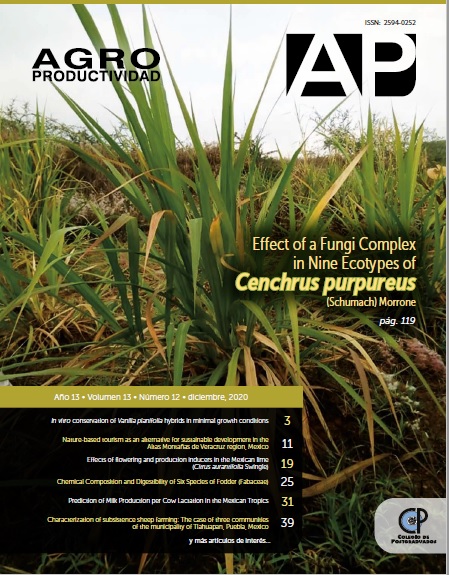Current state of nature-based tourism in High Mountains of Veracruz region
Main Article Content
Keywords
Forum, Ecotourism, Rural tourism, Biocultural richness
Abstract
Objective: To determine the current state of nature-based tourism in High Mountains or Veracruz region, through the analysis of results of a forum where participated most of the municipal tourism managers of the region.
Design/methodology/approach: The first forum of nature-based tourism in the region was carried out, for which the “Inventory and diagnosis data sheet of the initiatives of tourism” was elaborated as an instrument of evaluation in the forum and was filled during the forum. In the forum, the region was divided in five subregions and people worked in separated tables each subregion.
Results: The forum was attended by 123 people, 61 from municipalities, 16 were private persons from seven municipalities, 12 represented to five institutions and 34 were organisers. In total, 106 consolidated projects, 38 in process and 130 elements with touristic potential (natural and historic sites and traditions) were recorded. Finally, 53 problematics affecting tourism in this region were identified.
Limitations on study/implications: The main limitation this project faced with was the participation of all municipal authorities of the region.
Findings/conclusions: From 57 municipalities of this region, 32 attended the forum (more than 56%). The number of consolidated projects (106) is high taking in account that 44% of the municipalities do not attended the event. Most of the consolidated projects are community and private management, however, most of the projects in process are initiatives of municipalities, which indicates their interest in the tourism issue. Regarding elements with touristic potential, the number recorded was also high (130). This high number of elements with touristic potential in the region is a consequence of the great biocultural richness, which can be used and preserved through nature-based tourism.

